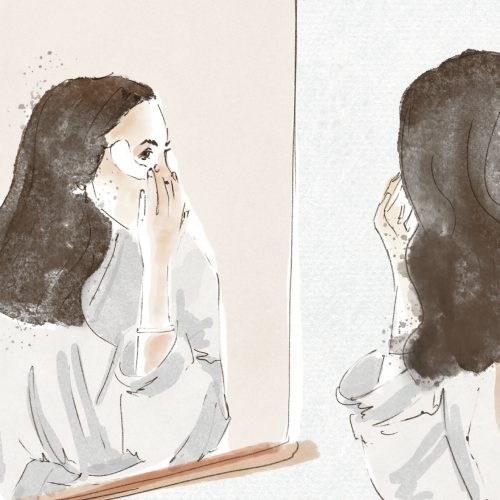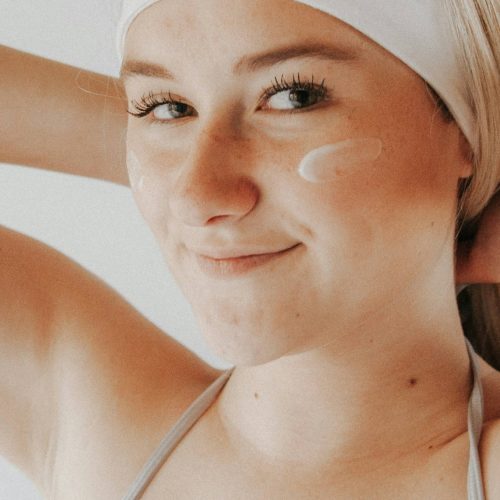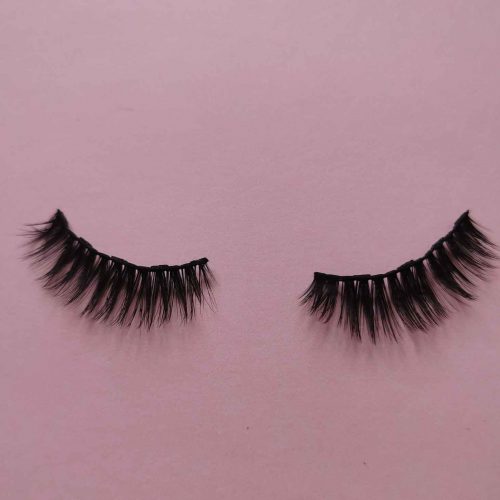The Sunscreen Safety Issue
With summer around the corner, SPF becomes more relevant than ever. Mineral and chemical sunscreens are our best weapon to fight sun damage. However, some ingredients can be harmful to our skin causing irritation and even hormone disruption. We tackle the main concerns to stay protected and healthy this summer.
To receive the Luxiders newsletter, sign up here.
Sunscreen is the perfect ally for our skin. Despite its fame increases specially during the summer months, we should be using it 365 days per year. It’s common to associate sunscreen with sunny weather, however UV rays can penetrate clouds and windows. Besides, if you’re into skincare and have an established routine that includes retinol, exfoliating acids or are under any prescription, bear in mind that those products can cause photosensitivity. Indoors or outdoors, sunscreen is our best tool to prevent skin aging and most importantly, skin diseases.
As the beauty industry grows, the options for different types of skin colour and texture become available. Before getting into all the sunscreen categories it’s essential to know what UV rays are. UV radiation is part of the natural energy the sun produces. The main rays SPF protects are UVA and UVB rays.
UVA have a longer length, penetrating deeper into the skin and are linked to skin aging. According to the American Cancer Society, these types of rays age skin cells and can harm its DNA. Most of tanning beds send out enormous amounts of UVA rays increasing the risk of skin cancer. Conversely, UVB have more effect on the top layers of the skin, the wavelengths are shorter and are linked to skin burning. These can directly damage cells’ DNA and are believed to be the source of most of skin cancers.



ON THE SPOTLIGHT
Last December, Korean skincare brands such as Purito, Klairs and Keep Cool were under the scope. Judit Racz, founder of the INCIDecoder website published data from two European Purito laboratories. The tests made clear that the sunscreens only had a SPF19 protection, instead of SPF50 as the brands stated. Thus, the famous “Korean Sunscreen Controversy” started.
This was the tip of the iceberg. The controversy put sunscreens on the spotlight, causing quite a commotion in the dermatologic and beauty industry. It raised the safety issue talk regarding some very common ingredients sun protection contains. Currently there are two types of sunscreens: mineral, also known as physical, and chemical. Mineral sunscreens main ingredients' are mineral based Titanium Dioxide or Zinc Oxide. They act as a shield, blocking the UV rays. These components are “generally recognized as safe and effective” (GRASE) according to the U.S. Food and Drug Administration, FDA. It’s known to be a better option for those with sensitive skin, being thicker and heavier.
Chemical sunscreens, on the other side, absorb sun rays. They create a chemical reaction that changes the UV rays into heat to the release them from our skin. These tend to be easier to blend and apply, but due to their ingredients they can be irritating for some. According to the Environmental Working Group (EWG), within 2020 the European Commission has published preliminary opinions on the safety of UV filters:
- Oxybenzone: the concerns are related to potential endocrine disruption when this ingredient is present in more than 6% in body creams. However, it is safe when present in face cream, hand cream and lipstick.
- Homosalate: It can also cause potential endocrine disruption, so the EC concludes that this ingredient is not safe in concentrations of up to 10%. It is safe in a maximum concentration of 1.4%.
- Octocrylene: Likewise, potential endocrine disruption is at stake. This ingredient is safe when present at a maximum concentration of 10%.
Dermatologists understand the possible concerns regarding component safety. Nonetheless, the FDA and the EC feel the need to keep assessing sunscreens in order to determinate the effects of those ingredients. If you want to make sure you’re staying protected from the sun and safe from potentially unsafe ingredients, look for mineral sunscreens containing Titanium Dioxide and Zinc Oxide. They might be heavier and may require more blending, but they surely get the job done. And don’t forget to reapply!

+ Words: Ane Briones, Luxiders Magazine
Journalism graduate | Basque Country based writer
IG: @anebriones




